REBECCA (1940)
A self-conscious woman juggles adjusting to her new role as an aristocrat's wife and avoiding being intimidated by his first wife's spectral presence.
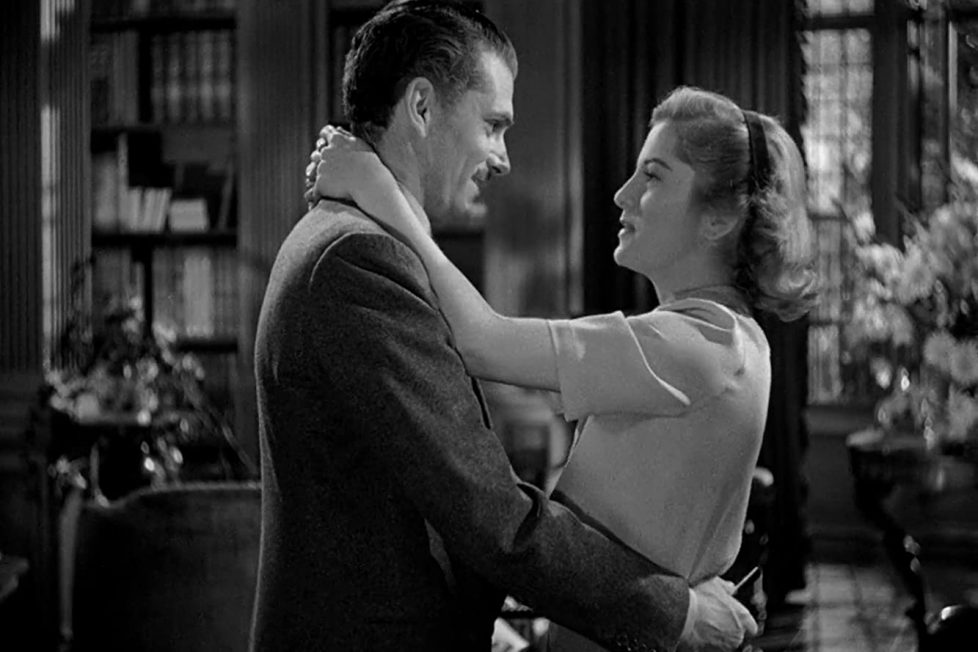
A self-conscious woman juggles adjusting to her new role as an aristocrat's wife and avoiding being intimidated by his first wife's spectral presence.


Alfred Hitchcock was invited to Hollywood by producer David O. Selznick (Gone with the Wind) to make a film about RMS Titanic, but the project changed when Selznick bought the rights to Daphne du Maurier’s 1938 novel Rebecca. Hitchcock had been interested in acquiring Rebecca after the success of his movie The Lady Vanishes (1938), but the bestseller was prohibitively expensive. He adapted another of du Maurier’s stories in his native England instead, Jamaica Inn (1939), but neither he nor du Maurier considered it a success.
Hitchcock’s first Hollywood project under contract was thus expected to remain faithful to its source material. Daphne du Maurier begged Selznick not to alter her story and he consequently opposed any rewrites Hitchcock suggested over a year-long battle with the English director. Nevertheless, Hitch did manage to effect some changes (including altering the story’s climax) in order to make it more effective on film and to avoid clashes with the Hays Code, which governed moral guidelines and self-censorship at the time.
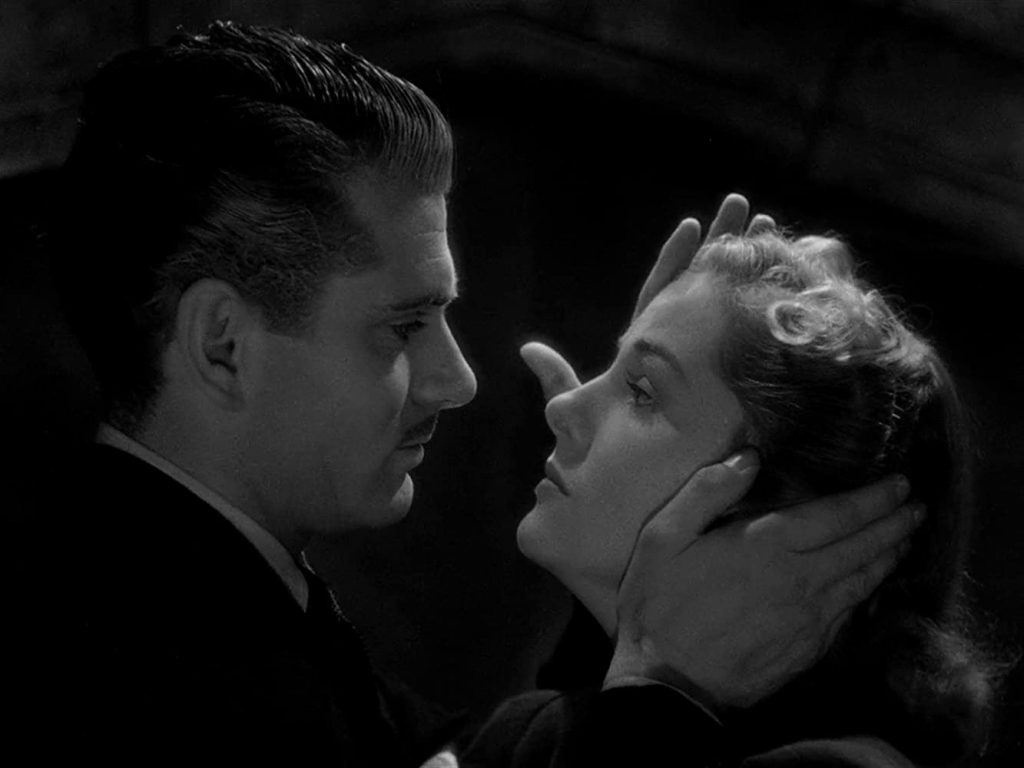
In his interview with François Truffaut in the 1960s, Hitchcock observed that the mood of Rebecca might have been different had he shot in the real Cornwall, England. He would’ve been tempted to use establishing shots of the beautiful countryside, but the focus was instead always on the house itself: Manderley, an island away from everything else that obeyed its own rules, approached by a long and winding drive.
The house and the drive were both costly miniatures used to great effect in the opening sequence, as Joan Fontaine narrates the famous opening sentences of the novel in voiceover. “Last night I dreamt I went to Manderley again…”, and the approach towards Manderley uses the camera as a disembodied spirit to reveal the house itself. Classic Gothic stuff.
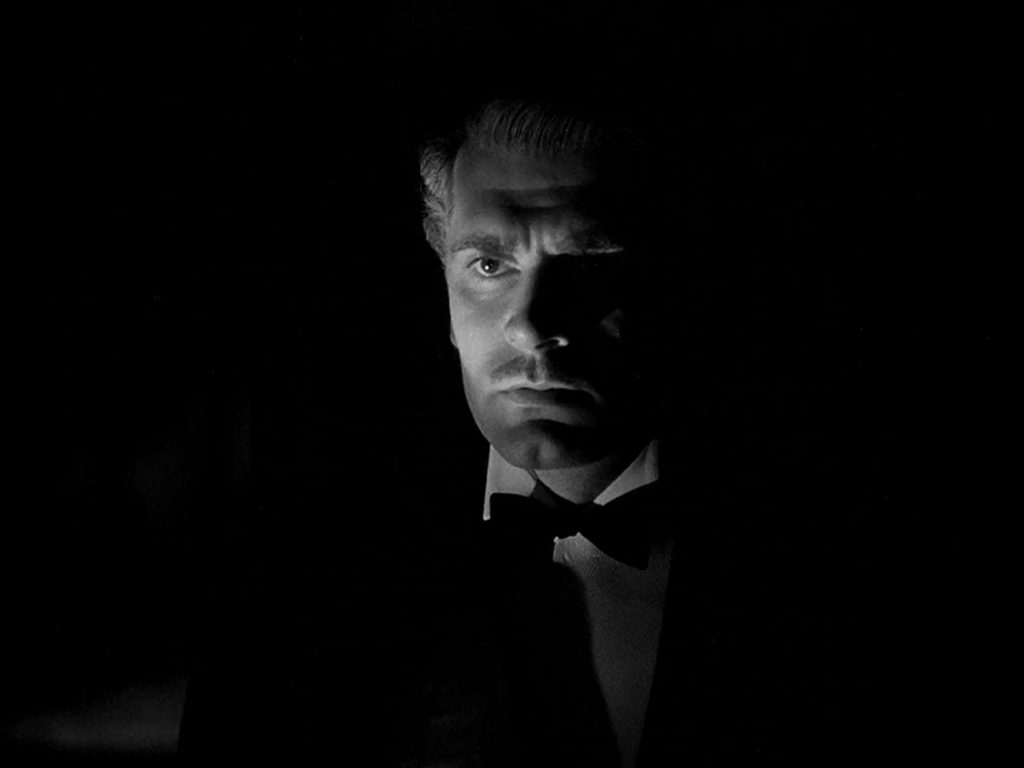
The coast of Monte Carlo at the beginning of the film was shot on the coast of California, south of Carmel, aided by matte paintings. The Del Monte estate near Monterey was also used, and the Cornish coast was portrayed using beach exterior shots of Catalina Island off the coast of Los Angeles. There are a few brief scenes set “in a neighbouring village” towards the end of the story, but Manderley is the primary setting—based on du Maurier’s own beloved home, Menabilly, near Fowey in Cornwall. The house is treated as a character in itself and represents privilege, but it’s also claustrophobic, and full of secrets and obsessions barely suppressed beneath the surface, waiting to be discovered by the new Mrs de Winter.
Hitchcock observed that the story itself is old fashioned, Bronte-esque, and had been compared to Jane Eyre. In the film adaptation of Emily Bronte’s Wuthering Heights (1939), Laurence Olivier starred as Heathcliff, and here Olivier plays the brooding and dangerous hero Maxim de Winter. Joan Fontaine convincingly plays a gauche ‘Hitchcock blonde’ with no name, who grows to learn the truth of Maxim’s past and fight for their love for each other, battling the legacy of his first wife Rebecca and imposing malice from the housekeeper Mrs Danvers. Fontaine went on to star in Suspicion (1941) and a film version of Jane Eyre (1943).
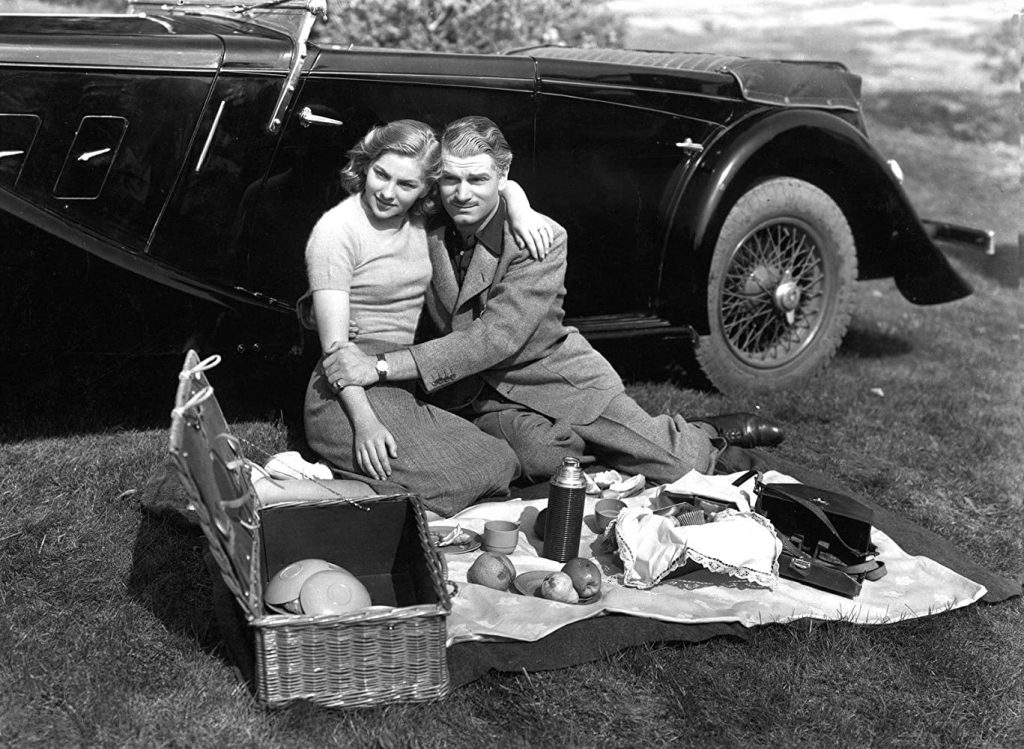
George Sanders played “Rebecca’s favourite cousin”, the odious James Favell, while Mrs Danvers is played by Judith Anderson—younger than the character in the novel but just as obsessive and menacing. The performance earned her an Academy Award nomination for ‘Best Supporting Actress’. Nigel Hawthorne, best known as Basil Rathbone’s Watson in the classic Sherlock Holmes film series (1939-1946), here plays Giles de Lacey, bumbling brother-in-law to Max, who adds comic touches to the oppressive atmosphere of Manderley. Although we learn he too was a victim of Rebecca’s poisonous charm.
Cinematographer George Barnes won an Oscar for Rebecca and later worked with Hitchcock on Spellbound (1945). Lyle Wheeler had worked on Gone with the Wind (1939), so to work on Rebecca in black-and-white must have been a different challenge. Some portions of the Manderley mansion was even built on the same stage used for Gone with the Wind (the old hall, the morning room, Rebecca’s apartment).
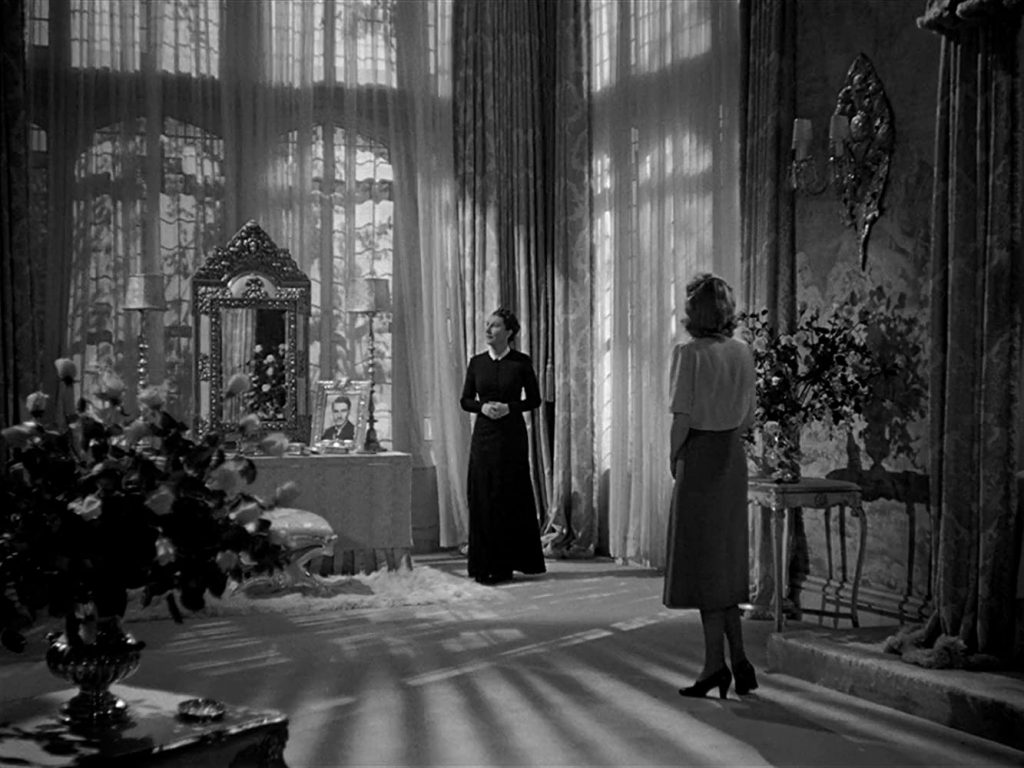
A 50-foot long miniature and a smaller miniature of the Manderley house were also constructed; the larger miniature burnt down for the dramatic finale, using speeded-up film footage to make the flames seem more convincing, which was reminiscent of the burning of Atlanta in Gone with the Wind.
Rebecca is a Gothic romance and fairy tale with echoes of Cinderella and Bluebeard, and it’s stood the test of time well. Its themes may seem to belong to the 19th-century but its elements of growing up, finding truth and true love despite appearances and societal pressures, still ring true.
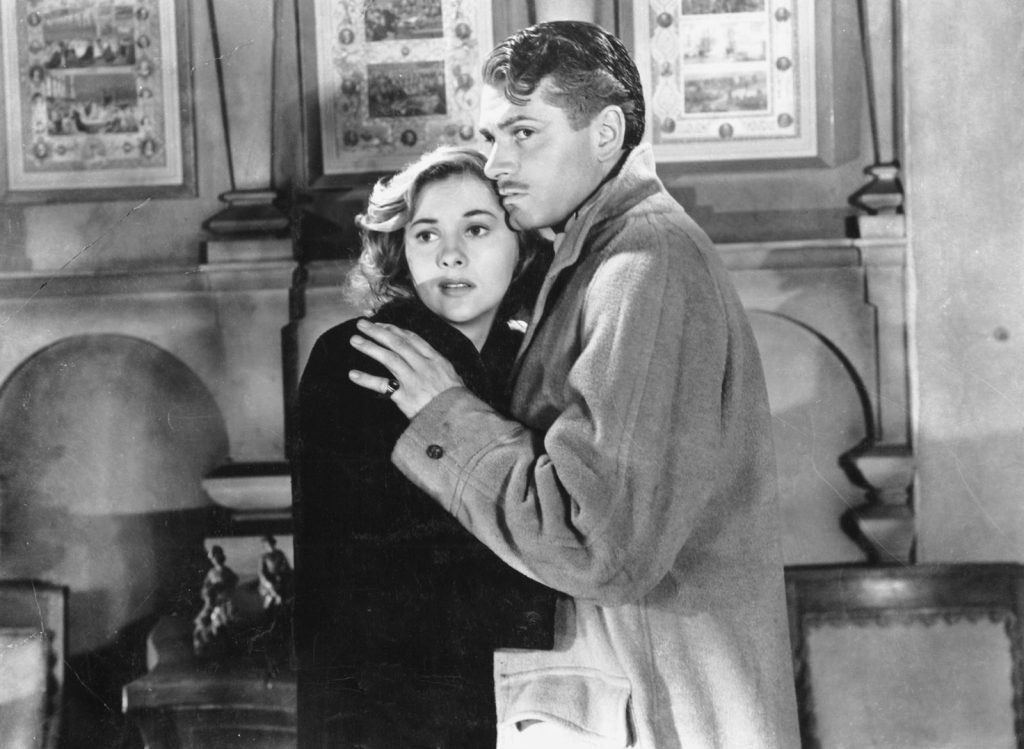
Rebecca was written when Daphne du Maurier after she’d only just married Frederick ‘Boy’ Browning, a senior officer in the British armed forces, and explores her own securities in her new role and her homesickness for Cornwall. I first discovered the novel and Hitchcock’s film as a gauche teenager myself, following a family holiday in Cornwall. The whole ‘romance of the place’ and the intimidation Mrs Danvers could instil by just staring at the newly-arrived bride when she awkwardly drops her glove, was something that spoke volumes.
Joan Fontaine portrays uncertainty, awkwardness and sheer passion while Laurence Oliver as Maxim is by turns loving and vulnerable, yet harsh and remote until he shares his terrible secret with her. In the novel, Maxim murders Rebecca, but in Hitchcock’s version (thanks to the Hays Code) it’s more an accidental death, but the guilt that plagues him remains the same.
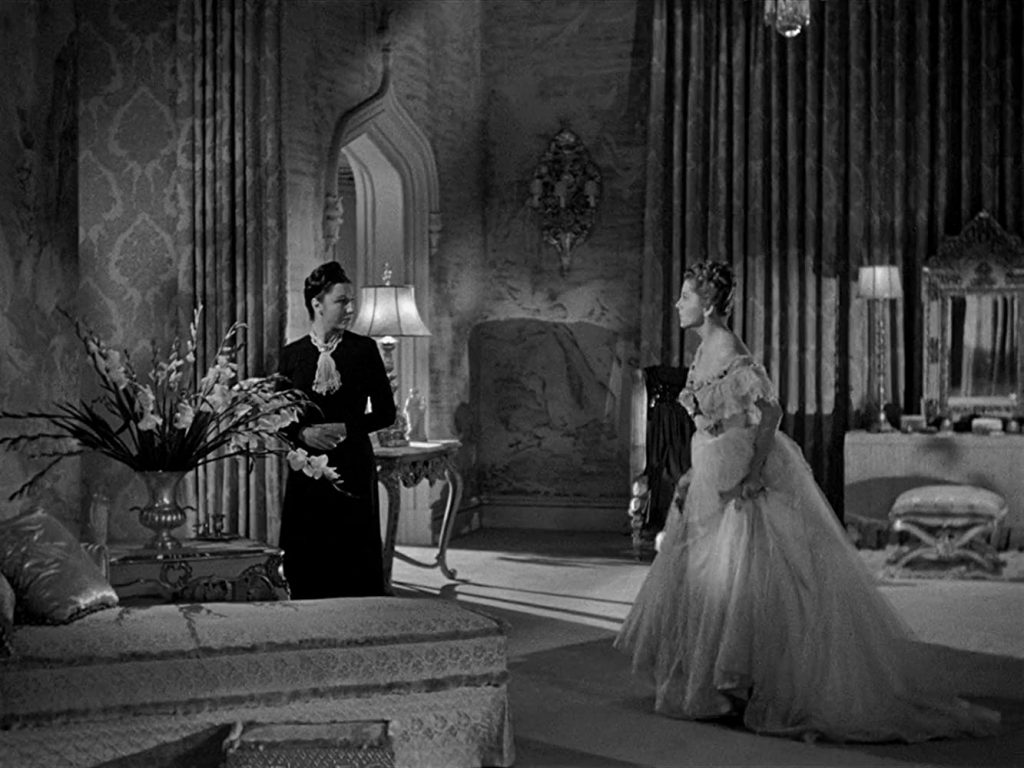
In the final revelatory scenes at the beachside cottage, the absent Rebecca almost seems to watch from the divan, a full ashtray on the coffee table in front of her, as Maxim explains the truth of their marriage and how it finally ended, to be comforted and reassured by his new bride who suddenly ‘grows up’. As the heroine’s world view shifts and she can at last take action she remarks in the novel, “I had built up false pictures in my mind and sat before them. I had never had the courage to demand the truth”. The ending is a ‘happily ever after’ for the couple but at a cost of terrible devastation as Manderley in goes up in flames, in an ending like the Bronte classic Jane Eyre.
It’s ironic that Manderley is destroyed and they’re forever exiled, haunted by the house and its symbol of heritage and entitlement. Any possibility of domestic bliss there is snatched away from them by the Rebecca-obsessed Mrs Danvers. Or does it offer unexpected independence and freedom from a class structure that hampered even the most privileged, and a kind of triumph for introverts who just love to go for a drive, sketch, feed the ducks and be together? The carefree home movie of their honeymoon, which they watch in Manderley while groomed and repressed into Lord and Lady of the Manor, seems to offer the way out. With the truth revealed and Manderley destroyed… they could indeed find happiness together. A very Gothic romantic conclusion.
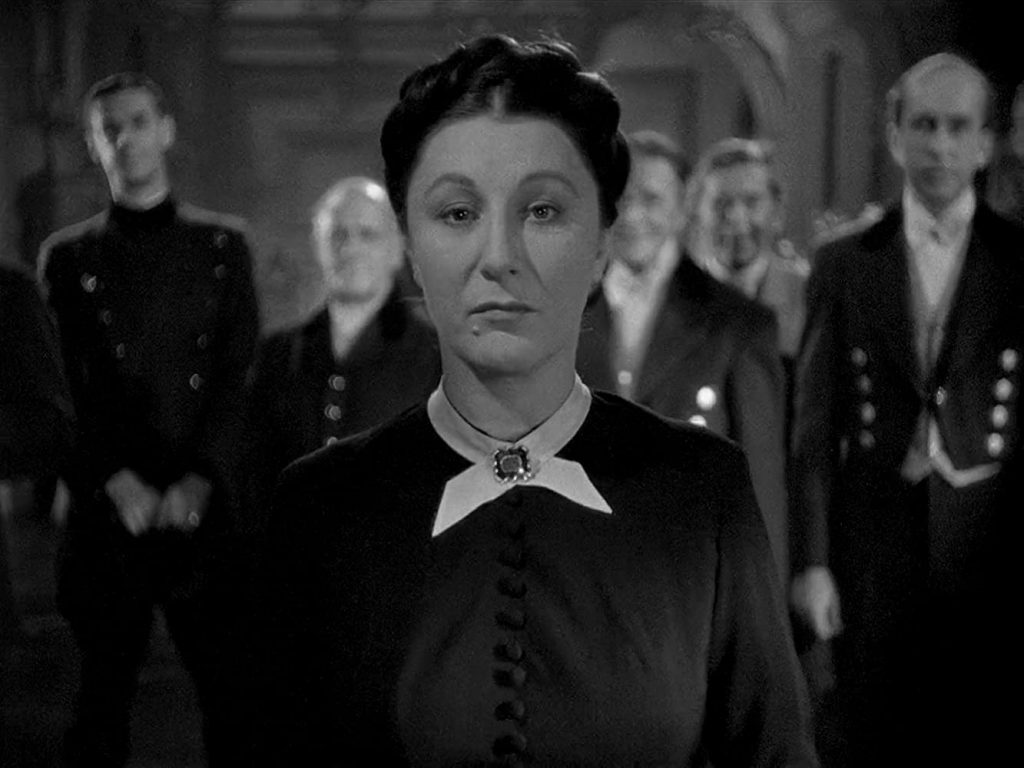
The film cost just shy of $1.3M ($23M adjusted for inflation by 2019), which was expensive for the time, but it grossed over $3M on release. The film also won the Oscar for ‘Best Film’ for Selznick (not Hitchcock), and ‘Best Cinematography’. It was also nominated for nine more awards, including ‘Best Director’ for Hitchcock—which was his first taste of Hollywood success before he went on to make many classics he had more artistic control over.
Even today, Rebecca is cited as one of the best novels ever written, and Hitchcock’s adaptation as seen as one of the greatest films of all time. Rebecca may now be 80 years old but it’s still a treat to watch. The title sequence showing Manderley in ruins, the shift to clifftops and the milieu of glamorous Monte Carlo, the growing relationship between the brooding man and the naïve young woman, a whirlwind romance that whisks her into his darker yet privileged world and Manderley, are all Gothic romantic tropes. John Yorke, head of the BBC Writers Academy, in his book Into the Woods, cites Rebecca as a perfect example of “the hero stumbles into a brave new world. At first transfixed by its splendour and glamour, but slowly things become more sinister”.
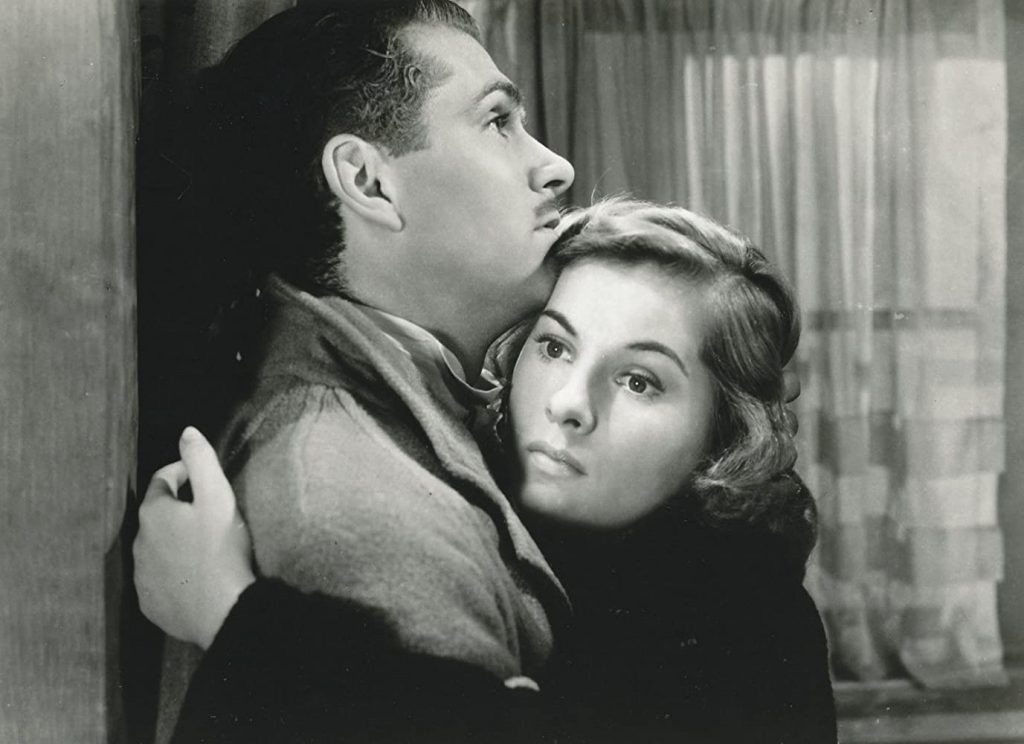
As Hitchcock points out, the plot is dreamlike and more fairy tale than precise psychological thriller (the plot couldn’t work today owing to forensic science), but Hitchcock brought his own inimitable style. He ensured, for example, that Mrs Danvers always appears suddenly to the young Mrs de Winter and is never seen to enter a room, almost like she’s a remnant that haunts the house along with her beloved Rebecca. Fontaine is dwarfed by the imposing rooms and followed at a respectful distance by servants who remind her of what the previous Mrs de Winter used to do. When she explores the closed West Wing, Mrs Danvers is waiting to show her how exactly Rebecca’s room is preserved, as though the first Mrs de Winter might return at any moment.
Even the dog, Jasper, is faithful to the routines of his first mistress and leads her to the sinister cottage by the sea. A definite case of hauntology! For Hitchcock fans, it offers hints of future stylistic set-pieces. Daphne du Maurier thought this adaptation was “terrific” and, of course, Hitch went on to make another film based on a novel she wrote: The Birds (1963).
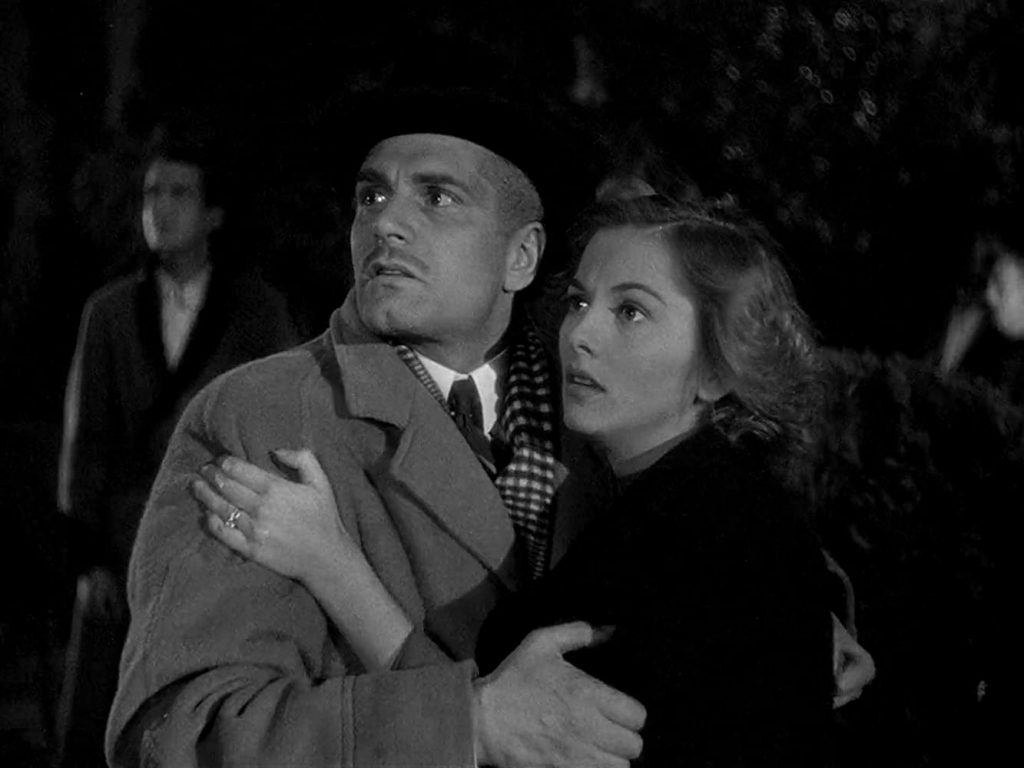
Rebecca was later remade by the BBC into a 1979 TV drama series with Jeremy Brett as Maxim, and then as a 1997 Anglo-German miniseries starring Charles Dance as Maxim and Emilia Fox as his new wife. The film’s influence could also be seen in The Uninvited (1944), which is another classic about a haunting in a Cornish house (filmed in Hollywood), and more recently in Guillermo del Toro’s Crimson Peak (2015), where once again the house plays a powerful role in the Gothic romance and a young woman’s awakening, although here the Bluebeard theme is more pronounced!
The film has been extensively analysed and criticised in terms of feminism and hauntology and as a film version of a classic beloved novel. Rebecca is about to be remade once again by Ben Wheatley (Free Fire) for Netflix, starring Lily James (Cinderella) and Armie Hammer (Call Me By Your Name). Manderley may have burnt down, but I can’t wait to go there again in this latest iteration…

director: Alfred Hitchcock.
writers: Robert E. Sherwood & Joan Harrison (adapted by Philip MacDonald & Michael Hogan, based on the novel by Daphne du Maurier).
starring: Laurence Olivier, Joan Fontaine, Judith Anderson, George Sanders, Reginald Denny, Gladys Cooper, C. Aubrey Smith, Nigel Bruce, Florence Bates, Edward Fielding & Melville Cooper.
